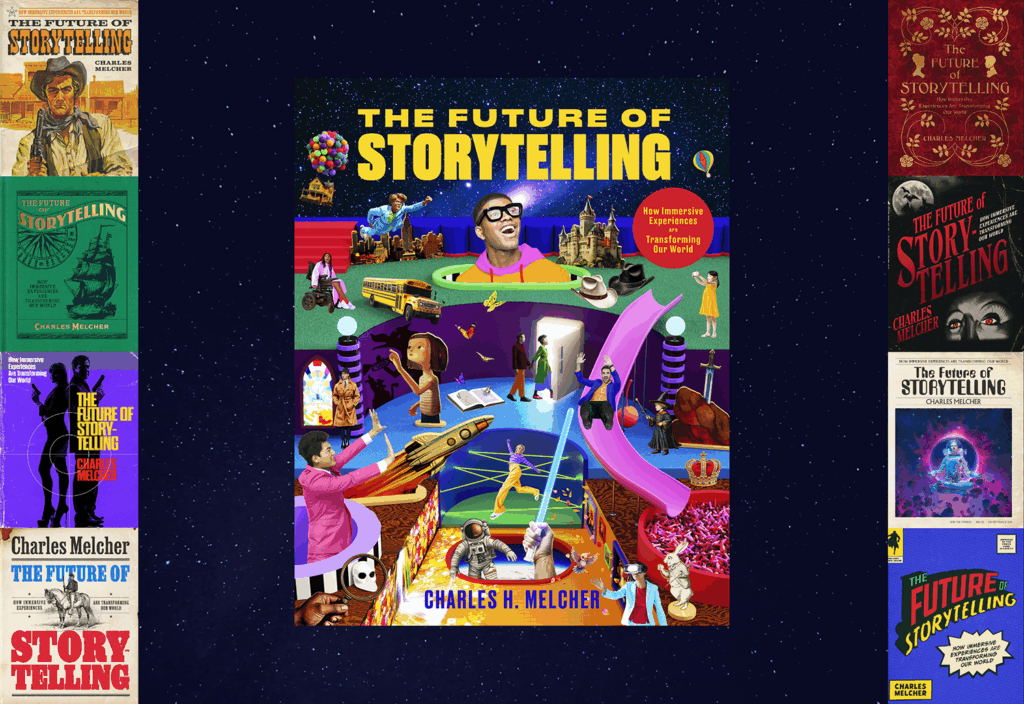The marketing tactic that most directly changes consumer behavior — sampling — is frequently left at the bottom of the marketing budget.
Study after study confirms a direct correlation between trial and purchase. IMI International’s August 2006 survey indicated that sampling has the greatest impact on consumer purchase, a finding consistent for the past 15 years.
The surest way to generate trial is to simply give a sample to a targeted consumer, one that is pre-disposed to a brand’s product. According to a March 2007 survey conducted by the Promotion Marketing Association’s Product Sampling Council, a whopping 92% of consumers said they’d buy a new product if they tried and liked the sample they received (if the purchase price was acceptable).
When asked “if a brand wanted to convince you to buy its product, which type of advertising/promotion would most likely convince you to switch brands,” 62% of consumers selected sampling to other types of marketing (i.e., TV advertising, direct mail, print ads, coupons, etc.), according to the IMI study.
So, why do consumer packaged goods brands allocate less than 1% of their promotion budget on product sampling?
That’s the question that the PMA council set out to uncover. In a survey directed at many of the nation’s largest consumer goods companies, brand marketers were asked in February 2007 if company executives were supportive of product sampling efforts. While 72% said “yes,” they were also quick to add that sampling is often the first thing to go when budgets are cut.
When asked if sampling has a less desirable image than other forms of marketing, 64% of marketers replied “yes.” Those queried indicated that “sampling lacks the glitz-factor other marketing techniques have gained” and that “sampling is seen as an entry-level marketing assignment” and that it “doesn’t result in gratuitous self-promotion.”
When asked, “What is the main reason for not doing more product sampling?” most marketers agreed that it “takes too much of the brand’s promotion budget.”
The study asked if their brands were measuring large-scale sampling programs to know whether or not programs were delivering a positive ROI. While 63% said “yes,” the majority of those respondents stated that small market research budgets are often an issue and prevent many programs from being measured. One company representative stated that even with good results, “tried and true programs are often abandoned for new, sexy marketing programs.”
The council was interested in learning if another suspicion was correct. It believed that brand spending in traditional sampling programs (programs owned by companies specializing in product sampling) had decreased in recent years.
Nearly three-quarters of those surveyed said sampling spending had shifted from traditional sampling programs to agency-driven events. Why? The common answer was that sampling is now integrated into the overall marketing plan, under the guise of “integrated marketing strategy.”
The council believes that neither the brand, nor the agency, are defining objectives, outlining success criteria, or thinking about how sampling will be measured. One sampling vendor said, “It’s no wonder some brands put millions of dollars into event sampling programs that never pay out because no one plans to meet any quantifiable objectives!”
What effect do these issues have on marketing plans? “Less effective, less efficient sampling programs,” suggests Cindy Johnson, P&G’s former sampling programs manager. She’s now the owner of Sampling Effectiveness Advisors, a consulting firm that specializes in product sampling effectiveness.
“Product sampling is the most powerful marketing tool a brand can use,” she says. “It is the actual brand experience. It can also be an expensive investment on a per-consumer basis, so to use product samples to support some other less-impactful marketing activity makes absolutely no sense.”
While there is no easy way to resolve the issues relating to budgeting priorities, the Product Sampling Council wants to help marketers feel more comfortable about the investment by developing tools to help them improve program results.
A new Web site at www.samplingeffectiveness.com/tools provides product sampling data and tools.
“Product sampling is not a short-term promotion vehicle but rather, a long-term investment in brand loyalty,” Johnson says.
For more articles on sampling, go to http://promomagazine.com/sampling





